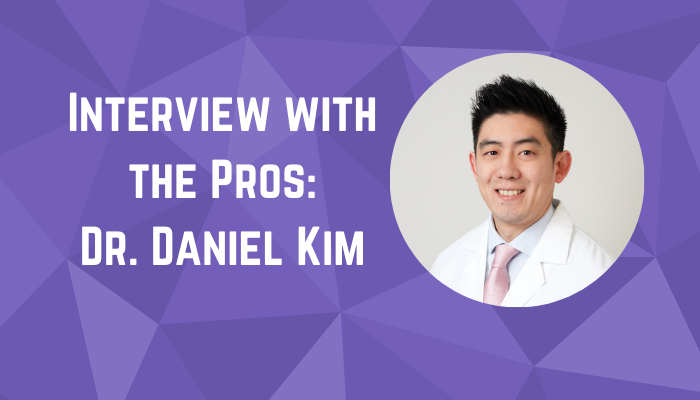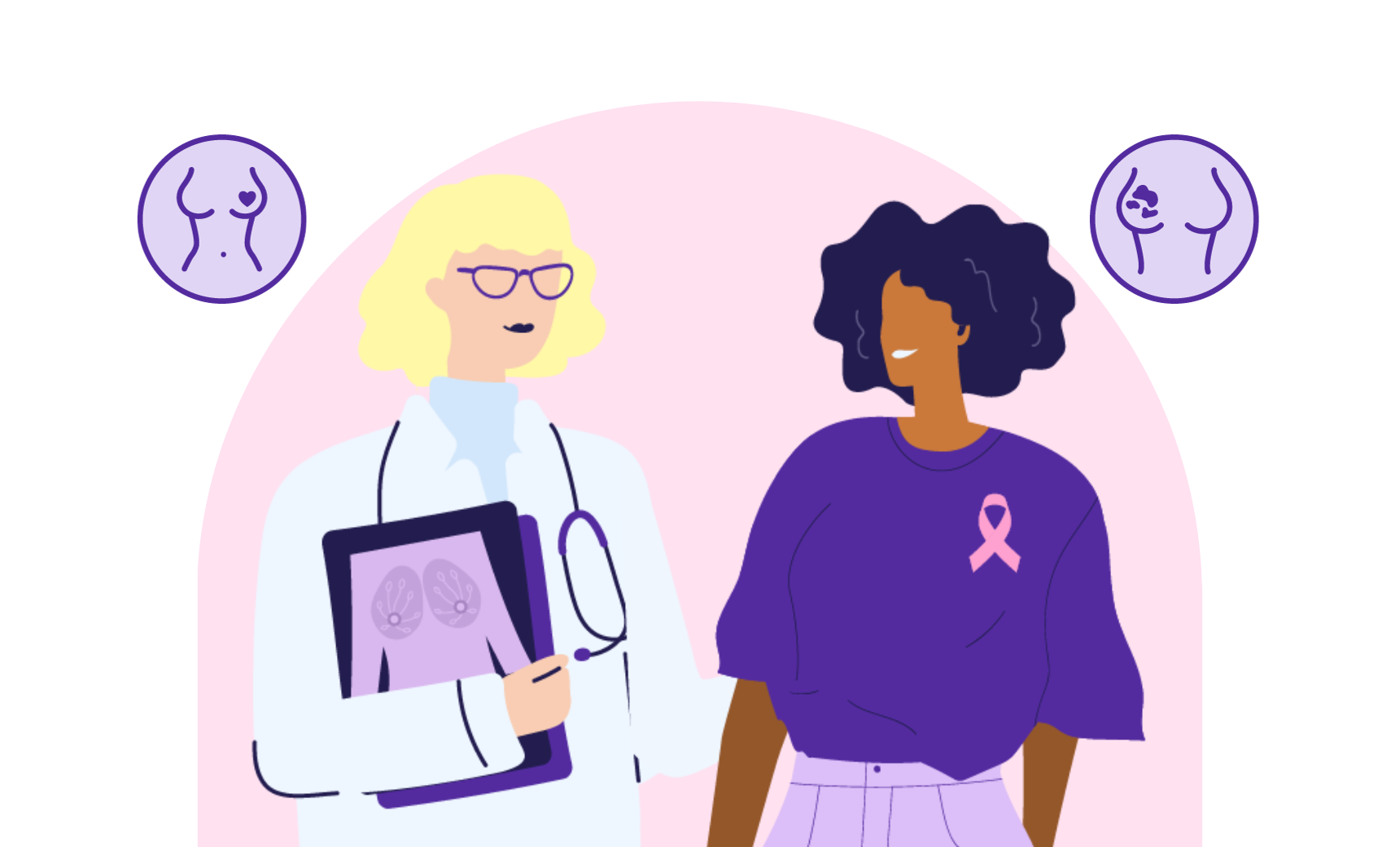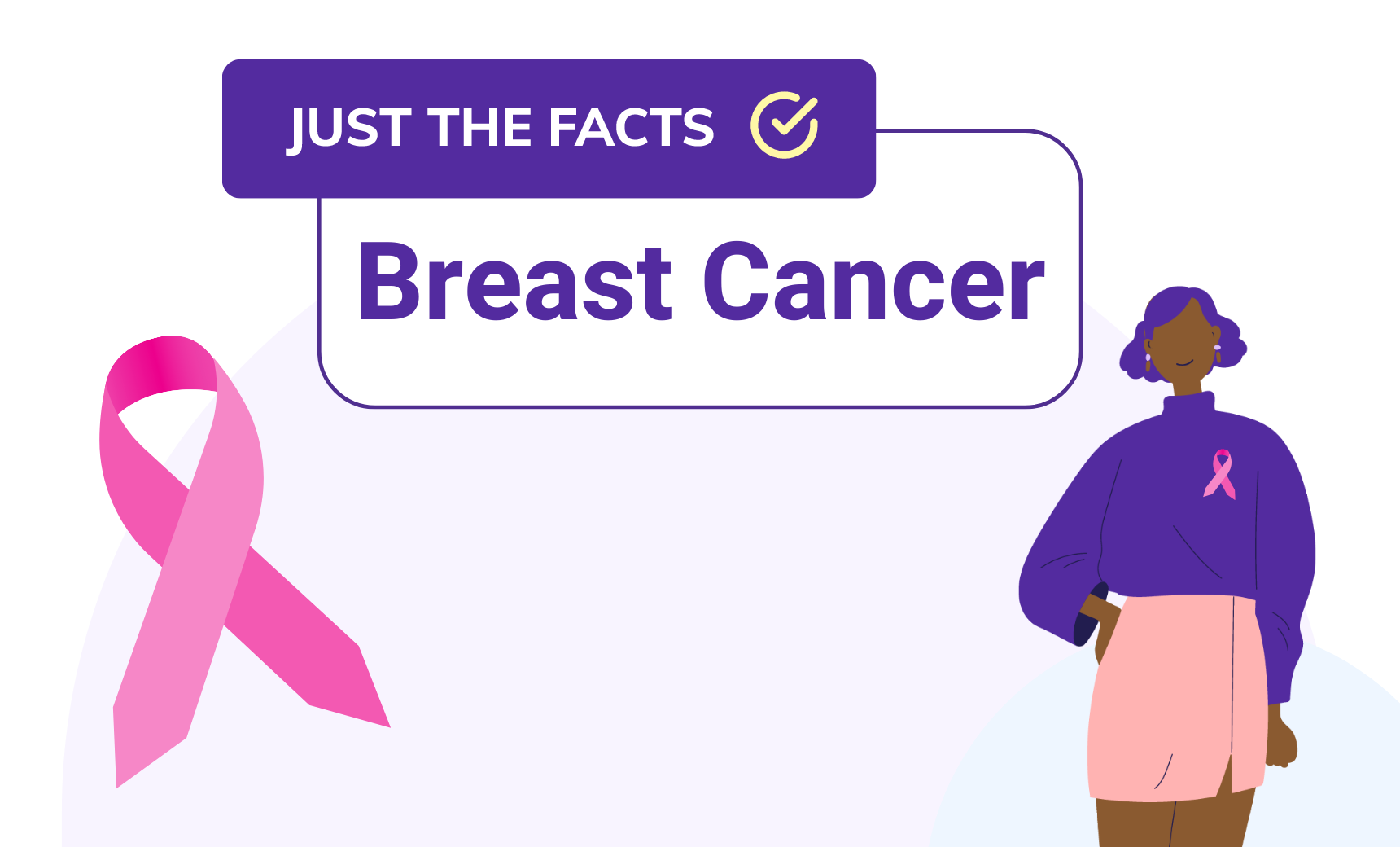
What You Need To Know About Stroke
We sat down with Dr. Daniel Kim of Medical Offices of Manhattan and discussed what a stroke is, risk factors and symptoms, and what you can do to help prevent it.
What is a stroke?
A stroke is a disease process that affects the blood supply within the brain. It occurs when a blood vessel is either blocked or ruptures, leading to reduced oxygen supply to brain cells which causes the brain cells to die.
What are the risk factors for stroke?
Risk factors for stroke include hypertension, obesity, diabetes, tobacco use, obstructive sleep apnea, high cholesterol, hypothyroidism, family history, sedentary lifestyle, migraine with aura, age over 65, and African American or Hispanic race.
What are the signs and symptoms of a stroke?
Signs and symptoms of a stroke are usually sudden and may be accompanied by a severe headache with no known cause. These symptoms include numbness or weakness in the face, arm, or leg, difficulty speaking or understanding speech, sudden confusion, sudden difficulty in walking, difficulty in seeing, or lack of coordination.
What kind of testing can be done to prevent stroke?
We can take a proactive approach in identifying risk factors, such as routinely checking cholesterol levels, sugar control, and thyroid levels through blood tests. Screening measures also include monitoring your blood pressure, screening for obstructive sleep apnea, and looking for any plaque burden with cardiac screening tests.
What can I do now to prevent a stroke from happening later?
We can continue to optimize our health by stopping tobacco use, controlling your blood pressure, lowering your cholesterol, and losing weight. It is also important to screen, identify, and treat underlying sleep apnea. Studies have shown that high intensity exercise may reduce the risk of stroke by 64% and maintaining regular exercise for 120-150 minutes per week can help reduce overall risk.




Brian Tidal
The LabFinder Editorial Team is behind The Illuminator and The Insider, LabFinder’s consumer and business blogs.
Dr.Robert Segal
Dr. Segal is CEO and co-founder of LabFinder, as well as a board-certified cardiologist. He began practicing medicine in 2002 and has founded several businesses, including Medical Offices of Manhattan and Manhattan Cardiology.